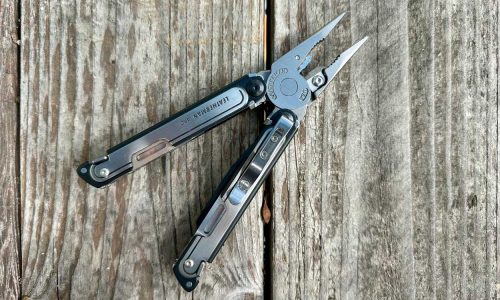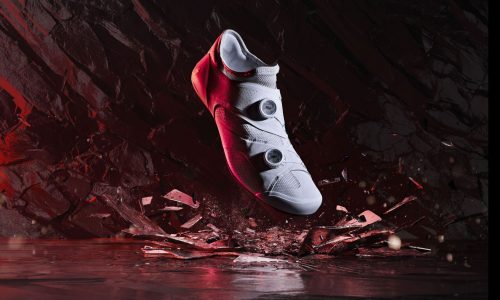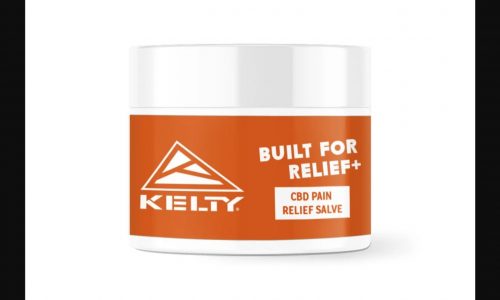In a world where edged-tools come in many shapes, sizes, and materials, the cutting edge remains the constant. The sharpness of a blade or bit edge influences its effectiveness and reliability—not to mention it is the prime reason we have edged-tools in the first place. Believe it or not, the tool’s design and materials determine the edges. There are many ways to go about preserving and restoring them; the latter of which is not so easy to suggest to your average user as it seems that everyone has their own opinion on how to get the best edge on a blade.
With that being said, I am not setting out to write an article on how I think you should sharpen your tools—I am merely going to share with you how I sharpen mine. After all, edged-tools spurred such phrases as “there are a many different ways to skin a cat.”
While most people select and buy knives, hatchets, or machetes based on their expected uses, after purchase those tools are sometimes used for things beyond their designed purpose. That has an impact on the blade’s edge.
With that in mind, I have three basic tenets for edge preservation.
Pick the proper tool for the job
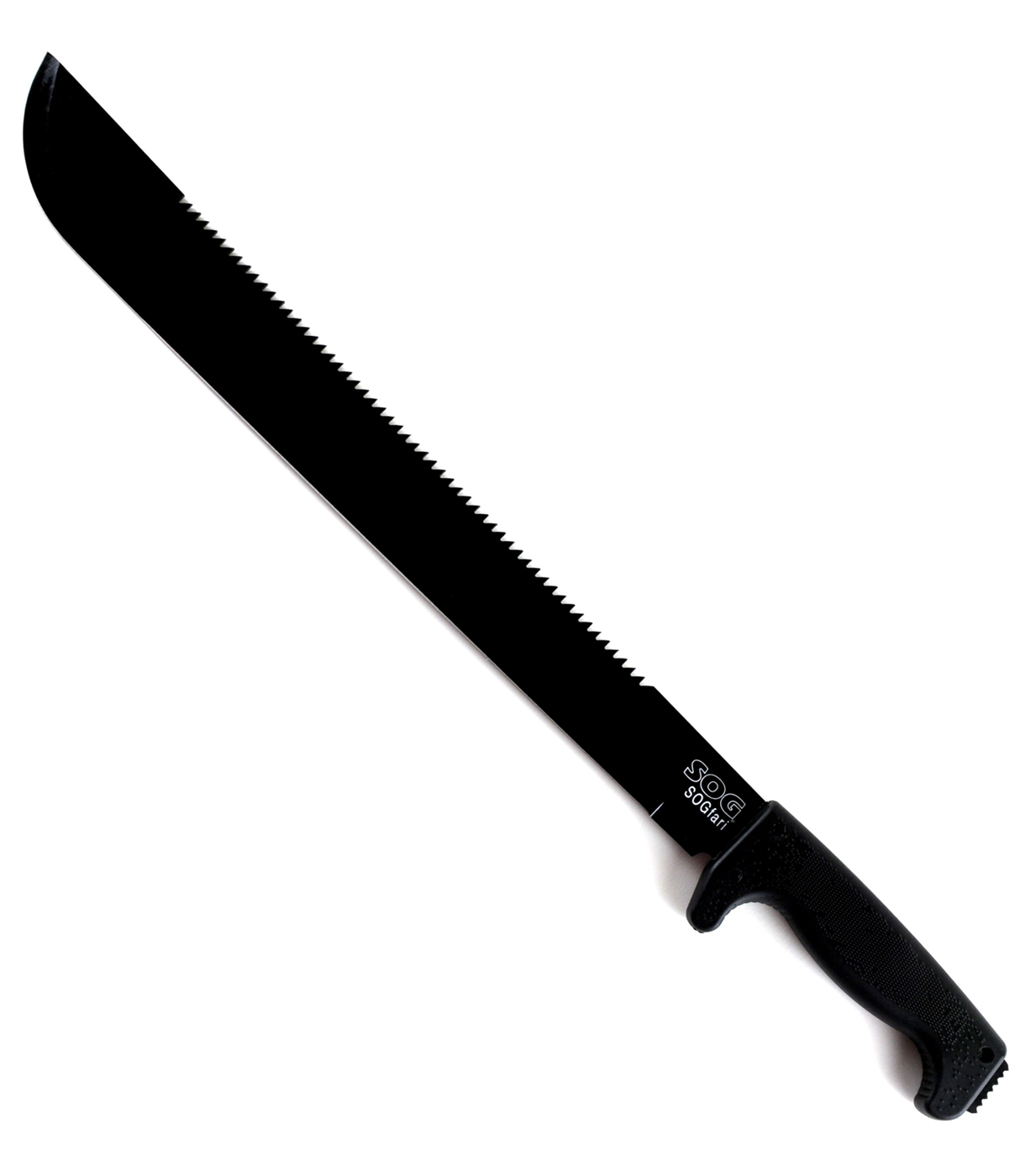 If you’re setting out to chop wood you don’t want a machete for the job – you’ll need a hatchet or axe. This may sound pretty obvious, but that’s only because at one point in your life you tried to chop wood with a machete—or saw someone try it (even if only in a movie or TV show). It has been done, but it’s a serious task with that tool. On the flip side, peeling an apple with a hatchet is equally daunting. Using the tools for their intended purposes will keep them in service for years.
If you’re setting out to chop wood you don’t want a machete for the job – you’ll need a hatchet or axe. This may sound pretty obvious, but that’s only because at one point in your life you tried to chop wood with a machete—or saw someone try it (even if only in a movie or TV show). It has been done, but it’s a serious task with that tool. On the flip side, peeling an apple with a hatchet is equally daunting. Using the tools for their intended purposes will keep them in service for years.
Know what makes a blade dull
If you find breaking down cardboard boxes all afternoon, you probably won’t want to use that restored Ka-Bar military knife your grandfather gave you because you’re going to ruin the edge of that blade quickly. In general fibrous materials—cardboard, meat, rope, etc.—dulls blade edges in no time. On the other hand, you can cut fruit and veggies for ages without having to worry about a blade edge as they are cellular and do not present much less resistance to a sharp blade.
Know how sharp the blade needs to be
There’s no need to get too deep into blade shapes or angles but I feel it’s important to dispel a few rumors and break a few bad habits before they become ingrained.
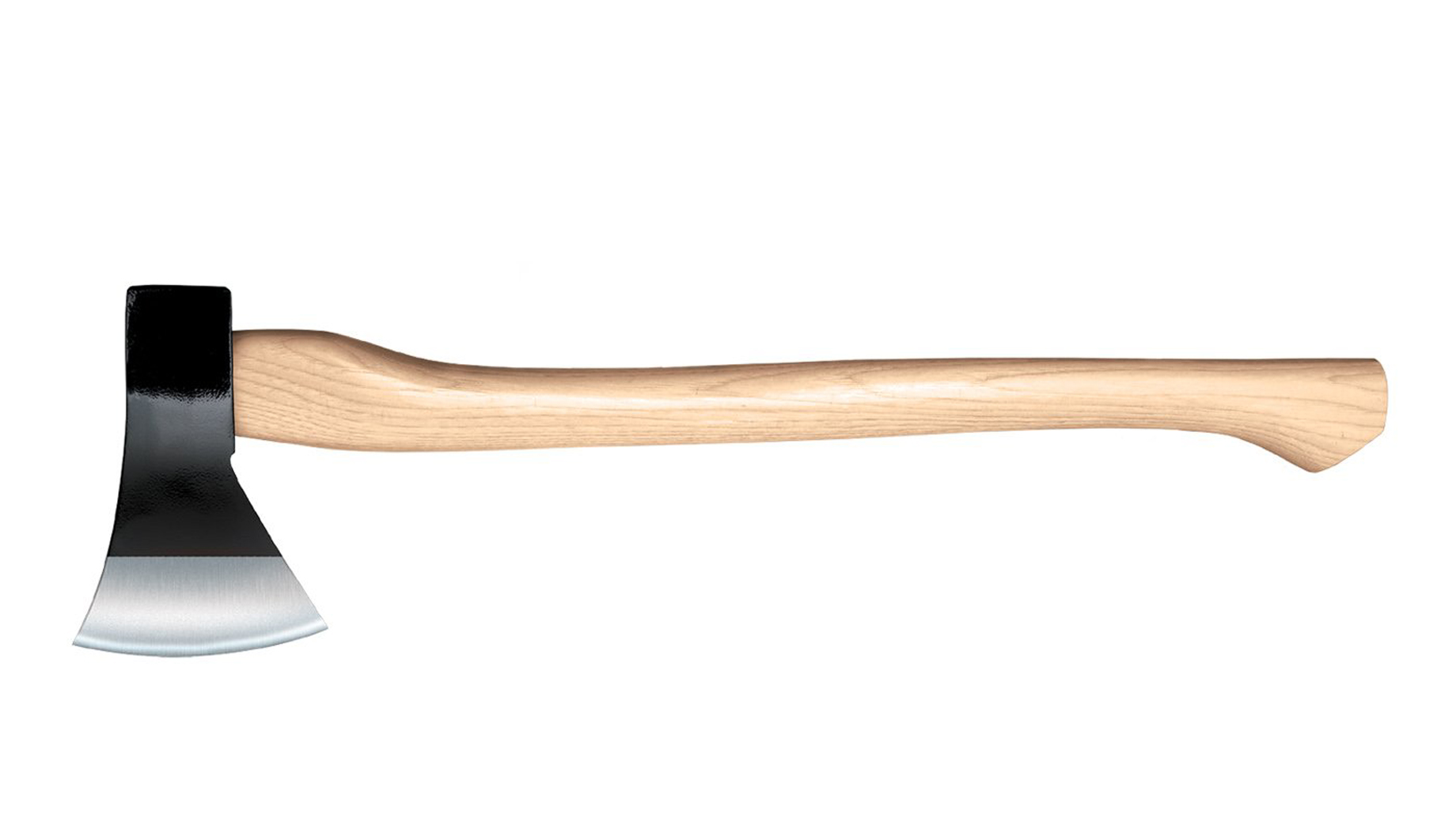
You don’t need your hatchet to be razor sharp. Based on its design, a “dull” axe or hatchet will split wood just fine. This is due to materials and design, and though I am sure you can get an axe or hatchet to be severely sharp; there’s no need for it to be. Unlike a knife or a machete, a hatchet and axe do not cut—they chop. Chopping with a hefty axe or hatchet pushes the tapered edge of the blade—known as a “bit”—through material. On the other hand, based on design and materials, a dull machete is almost useless as it lacks the heft and breadth to be effective without a hair-splitting edge.
Given the established levels of sharpness for these tools —levels determined by design, materials, and intended uses—it’s important not to try and make them into something they’re not. You’ll just end up defeating the purpose of the blade and either turn it into something useless, or get hurt.









